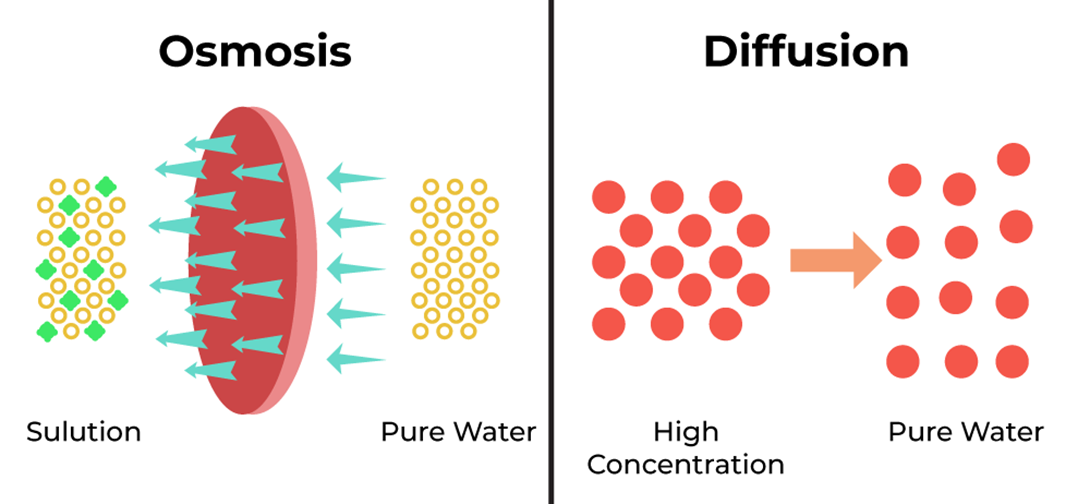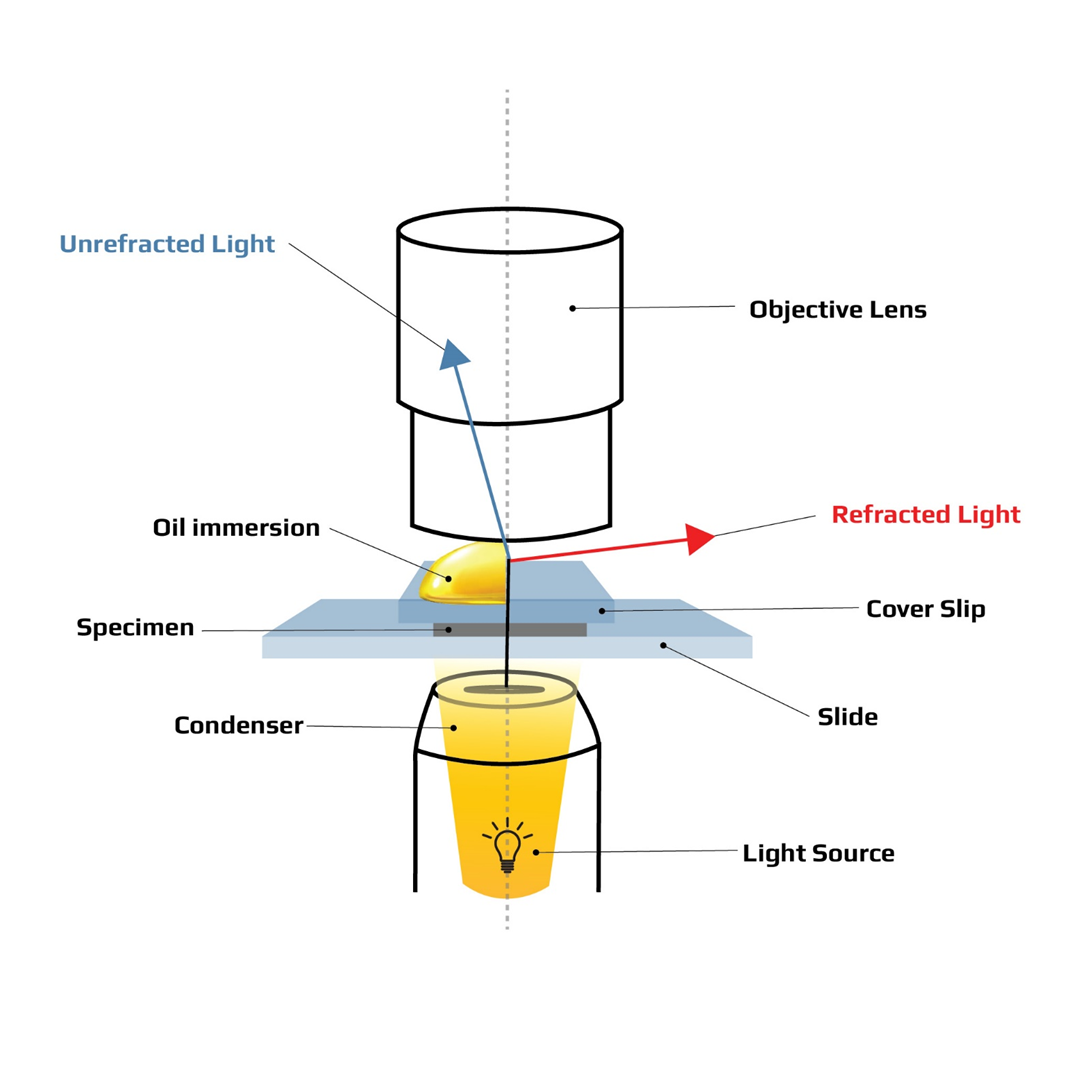Small lipid soluble molecules would move through the plasma membrane by
Diffusion
Filtration
Osmosis
Active transport
The Correct Answer is A
Choice A rationale: Diffusion is correct because it is the passive movement of molecules from an area of high concentration to an area of low concentration. Small lipid soluble molecules can easily cross the plasma membrane by diffusing through the hydrophobic core of the phospholipid bilayer.

Choice B rationale: Filtration is incorrect because it is the process of separating solid particles from a fluid by passing it through a porous medium. Filtration does not involve the plasma membrane, and it does not depend on the solubility of the molecules.
Choice C rationale: Osmosis is incorrect because it is the diffusion of water across a selectively permeable membrane. Osmosis does not apply to lipid soluble molecules, which are not water molecules.
Choice D rationale: Active transport is incorrect because it is the movement of molecules across a membrane against their concentration gradient, which requires energy and transport proteins. Active transport does not depend on the solubility of the molecules, and it is not a passive process.
Choice E rationale: Pumping is incorrect because it is a type of active transport that involves the use of specific pumps to move ions or molecules across a membrane. Pumping does not apply to lipid soluble molecules, which are not ions or polar molecules.
Nursing Test Bank
Naxlex Comprehensive Predictor Exams
Related Questions
Correct Answer is B
Explanation
Choice A rationale: High power is incorrect because high power is the second highest magnification objective lens, not the highest. High power is also called the 40x objective lens because it magnifies the specimen by 40 times. When combined with the 10x eyepiece lens, the total magnification is 400x.
Choice B rationale: Oil immersion is correct because oil immersion is the highest magnification objective lens. Oil immersion is also called the 100x objective lens because it magnifies the specimen by 100 times. When combined with the 10x eyepiece lens, the total magnification is 1000x. Oil immersion requires oil to be applied between the slide and the lens to reduce the refraction of light and increase the clarity of the image.
Choice C rationale: Low power is incorrect because low power is the second lowest magnification objective lens, not the highest. Low power is also called the 10x objective lens because it magnifies the specimen by 10 times. When combined with the 10x eyepiece lens, the total magnification is 100x.
Choice D rationale: Scanning is incorrect because scanning is the lowest magnification objective lens, not the highest. Scanning is also called the 4x objective lens because it magnifies the specimen by 4 times. When combined with the 10x eyepiece lens, the total magnification is 40x. Scanning is used to scan the whole slide and find the specimen.

Correct Answer is E
Explanation
Choice A rationale: Albumin solution is not a negative control, but a positive control for the test for protein. Albumin is a type of protein that reacts with the biuret reagent and produces a violet color. A positive control is used to confirm that the test works and gives a positive result when the substance is present³.
Choice B rationale: Starch solution is not a negative control, but a positive control for the test for starch. Starch is a type of carbohydrate that reacts with the iodine solution and produces a blue-black color. A positive control is used to confirm that the test works and gives a positive result when the substance is present³.
Choice C rationale: Glucose solution is not a negative control, but a positive control for the test for sugar. Glucose is a type of sugar that reacts with the Benedict's solution and produces a red-orange color. A positive control is used to confirm that the test works and gives a positive result when the substance is present³.
Choice D rationale: Olive oil is not a negative control, but a positive control for the test for lipids. Olive oil is a type of lipid that reacts with the Sudan III solution and produces a red color. A positive control is used to confirm that the test works and gives a positive result when the substance is present³.
Choice E rationale: Distilled water is a negative control for the tests for protein, lipids, sugars, and starch. Distilled water is a pure solvent that does not contain any of these substances. It does not react with any of the reagents and does not produce any color change. A negative control is used to confirm that there is no response to the reagent or the microorganism used in the test. It is used to set the baseline and verify that the detecting reagent is working properly³.
Whether you are a student looking to ace your exams or a practicing nurse seeking to enhance your expertise , our nursing education contents will empower you with the confidence and competence to make a difference in the lives of patients and become a respected leader in the healthcare field.
Visit Naxlex, invest in your future and unlock endless possibilities with our unparalleled nursing education contents today
Report Wrong Answer on the Current Question
Do you disagree with the answer? If yes, what is your expected answer? Explain.
Kindly be descriptive with the issue you are facing.
